Home>Furniture & Design>Outdoor Furniture>How To Find Outdoor Water Shut Off Valve
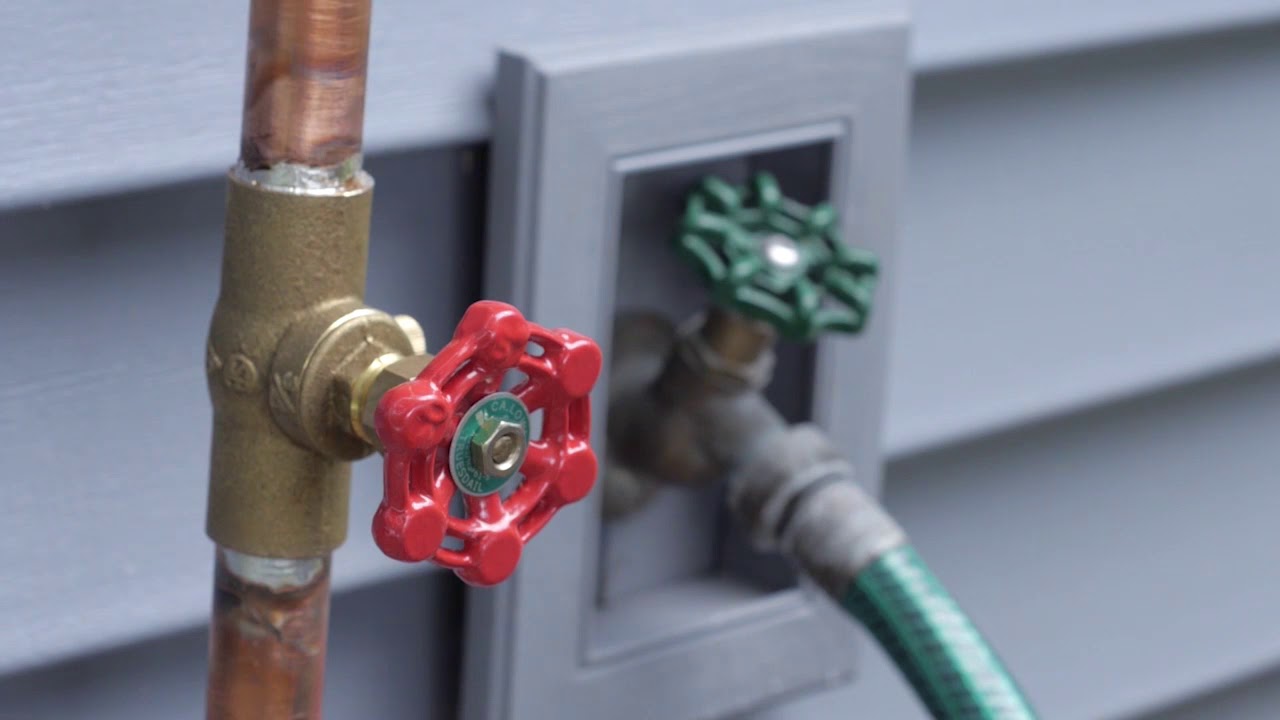

Outdoor Furniture
How To Find Outdoor Water Shut Off Valve
Modified: February 18, 2024
Learn how to locate and operate the outdoor water shut-off valve for your outdoor furniture and design needs. Find step-by-step instructions and tips.
(Many of the links in this article redirect to a specific reviewed product. Your purchase of these products through affiliate links helps to generate commission for Storables.com, at no extra cost. Learn more)
**
Introduction
**
Welcome to the ultimate guide on finding the outdoor water shut off valve! Whether you're a new homeowner, a seasoned gardener, or a DIY enthusiast, understanding the location and function of this essential component is crucial. In this comprehensive article, we will delve into the significance of knowing the outdoor water shut off valve's location, the common areas where it can be found, and the step-by-step process of locating it. Additionally, we'll explore the tools required for this task, offer valuable maintenance tips, and emphasize the importance of this knowledge in safeguarding your property from potential water-related mishaps.
Understanding the outdoor water shut off valve's location is akin to possessing a key to safeguarding your home against water damage. By familiarizing yourself with this vital component, you can swiftly respond to emergencies such as burst pipes, malfunctioning sprinkler systems, or other water-related issues that may arise in your outdoor spaces. With the insights shared in this guide, you'll gain the confidence and expertise needed to navigate and maintain this crucial aspect of your property's infrastructure.
So, let's embark on this enlightening journey to uncover the outdoor water shut off valve's whereabouts and equip ourselves with the knowledge to protect our outdoor living spaces and gardens. Whether you're a homeowner, a renter, or a property manager, this knowledge will undoubtedly prove invaluable in maintaining and safeguarding your outdoor water systems. Let's dive in and unlock the secrets to locating and maintaining the outdoor water shut off valve!
**
Key Takeaways:
- Knowing the location of the outdoor water shut off valve is crucial for preventing water damage and conducting routine maintenance. It empowers homeowners and property managers to respond swiftly to emergencies and protect outdoor living spaces.
- By using tools like metal detectors and property records, and following systematic steps, anyone can locate the outdoor water shut off valve. Regular inspections and educating household members are key to maintaining its functionality and safeguarding the property.
Read more: Where Is The Outdoor Water Shut Off Valve
Importance of Knowing the Location
**
Understanding the precise location of the outdoor water shut off valve is paramount for several compelling reasons. Firstly, in the event of a water-related emergency, such as a burst pipe or a malfunctioning sprinkler system, knowing the exact position of the shut off valve can help you swiftly mitigate potential damage. By promptly shutting off the water supply, you can prevent extensive flooding and water damage to your outdoor living spaces, garden, and property.
Moreover, being aware of the shut off valve’s location empowers you to perform routine maintenance and inspections with ease. Whether you’re conducting seasonal maintenance, upgrading your outdoor water fixtures, or making repairs, having immediate access to the shut off valve streamlines these tasks, saving you time and effort.
Furthermore, understanding the location of the outdoor water shut off valve is essential for anyone responsible for property management. Landlords, property managers, and maintenance personnel must be well-versed in the shut off valve’s whereabouts to address maintenance issues promptly and protect the property from potential water damage.
For garden enthusiasts and outdoor living aficionados, knowing the outdoor water shut off valve’s location is invaluable. It allows you to safeguard your precious plants, trees, and outdoor amenities from water-related mishaps. Additionally, it enables you to make informed decisions when planning and installing new water features, irrigation systems, or outdoor plumbing, ensuring easy access for future maintenance and repairs.
By familiarizing yourself with the outdoor water shut off valve’s location, you gain a proactive advantage in safeguarding your property and outdoor living spaces. This knowledge empowers you to respond swiftly to emergencies, conduct routine maintenance efficiently, and protect your outdoor investments from potential water damage. In the subsequent sections, we will explore the common locations of outdoor water shut off valves and provide a comprehensive guide to locating this essential component.
Common Locations of Outdoor Water Shut Off Valves
The outdoor water shut off valve can be found in various locations, depending on the property’s layout and plumbing design. While the specific placement may differ, there are several common areas where outdoor shut off valves are typically located:
-
Near the Perimeter of the Property:
Outdoor shut off valves are often positioned along the exterior walls of the property, providing convenient access for shutting off the water supply to outdoor faucets, irrigation systems, and garden hoses.
-
Adjacent to the Main Water Line Entry Point:
In many properties, the outdoor shut off valve is situated near the main water line entry point. This location allows for quick and direct access to the primary water supply, making it an ideal placement for the shut off valve.
-
Within a Valve Box:
Some outdoor shut off valves are housed within valve boxes, particularly in regions with freezing temperatures. These protective enclosures shield the valves from harsh weather conditions and ensure easy access for maintenance and shut off procedures.
-
Near Utility Areas or Outdoor Fixtures:
Outdoor shut off valves may be located near utility areas, such as outdoor kitchens, garden sheds, or utility meters. Additionally, they can be situated in close proximity to outdoor fixtures, such as swimming pool supply lines, outdoor showers, or water features.
It’s important to note that the outdoor shut off valve’s location can vary based on the property’s age, construction, and local building codes. Newer properties may feature modernized plumbing systems with strategically positioned shut off valves, while older homes and establishments may have the shut off valve located in more traditional areas.
Understanding these common locations provides valuable insight when embarking on the quest to locate the outdoor water shut off valve on your property. In the following section, we will delve into the step-by-step process of finding the outdoor shut off valve, equipping you with the knowledge to navigate and identify this critical component.
How to Locate the Outdoor Water Shut Off Valve
Locating the outdoor water shut off valve is a fundamental aspect of property maintenance and emergency preparedness. Whether you’re a homeowner, a tenant, or a property manager, understanding the process of finding the shut off valve is invaluable. Here’s a comprehensive guide to help you navigate the task with confidence:
1. Visual Inspection:
Begin by conducting a visual inspection of your property’s exterior. Look for areas where the main water line enters the property, as the shut off valve is often positioned in close proximity to this entry point. Additionally, check along the exterior walls, near outdoor faucets, and in utility areas for potential valve locations.
Read more: How To Shut Off Outdoor Water Valve
2. Consult Property Records:
If you’re unable to locate the shut off valve visually, consult property records or building plans. These documents may provide insights into the plumbing layout and the precise location of the outdoor shut off valve. Property blueprints, maintenance records, or plumbing diagrams can be valuable resources in this endeavor.
3. Follow the Water Line:
Trace the path of the main water line from your property’s interior to the exterior. In many cases, the outdoor shut off valve is positioned along this line, either within a valve box or adjacent to the point where the water line exits the building. Following the water line’s trajectory can lead you to the shut off valve’s location.
4. Utilize Metal Detectors:
If the shut off valve is buried underground or concealed beneath landscaping, consider using a metal detector to pinpoint its location. Metal detectors can detect ferrous metals commonly used in shut off valves, making it easier to identify their presence beneath the soil or within valve boxes.
5. Seek Professional Assistance:
If your efforts to locate the outdoor shut off valve prove challenging, consider seeking assistance from a licensed plumber or a professional familiar with property plumbing systems. These experts can leverage their experience and specialized tools to swiftly identify the shut off valve’s position.
By following these steps and leveraging the available resources, you can successfully locate the outdoor water shut off valve on your property. This knowledge equips you to respond effectively to water-related emergencies and facilitates routine maintenance of your outdoor water systems. In the subsequent sections, we will explore the tools needed for locating the valve and provide valuable maintenance tips to ensure its optimal functionality.
Tools Needed for Locating the Valve
When embarking on the task of locating the outdoor water shut off valve, having the right tools at your disposal can streamline the process and enhance your efficiency. Here are the essential tools that can aid you in pinpointing the valve’s location:
1. Flashlight:
A reliable flashlight is indispensable for inspecting dark or concealed areas where the shut off valve may be located. Whether you’re exploring utility spaces, valve boxes, or crawl spaces, a flashlight illuminates these areas, allowing for thorough inspection and identification of the shut off valve.
2. Metal Detector:
For properties where the shut off valve may be buried underground or concealed within the landscaping, a metal detector can be an invaluable tool. By detecting ferrous metals commonly used in shut off valves, a metal detector assists in identifying the valve’s presence beneath the soil or within valve boxes, saving time and effort in the search process.
3. Property Records and Blueprints:
Access to property records, building plans, or plumbing diagrams can provide crucial insights into the outdoor shut off valve’s location. These documents serve as valuable tools for understanding the property’s plumbing layout, guiding you to the precise position of the shut off valve.
Read more: How To Shut Off Water
4. Shovel or Trowel:
If the shut off valve is suspected to be buried underground, having a shovel or trowel on hand allows you to carefully excavate the soil in the identified area. This facilitates the visual inspection and potential unearthing of the shut off valve, enabling you to confirm its location and accessibility.
5. Tape Measure or Distance Measuring Tool:
When following the water line or assessing potential valve locations, a tape measure or distance measuring tool can aid in accurately tracking the distance from the property’s exterior to the main water line entry point. This precision can guide you to the vicinity of the shut off valve, narrowing down the search area.
Equipped with these essential tools, you can embark on the quest to locate the outdoor water shut off valve with confidence and efficiency. These resources empower you to conduct thorough inspections, trace the water line, and leverage available property documentation to identify the shut off valve’s position. In the subsequent sections, we will delve into the step-by-step process of finding the outdoor shut off valve and offer valuable maintenance tips to ensure its optimal functionality.
Steps to Find the Outdoor Water Shut Off Valve
Locating the outdoor water shut off valve involves a systematic approach that combines visual inspection, documentation review, and, if necessary, the use of specialized tools. Follow these comprehensive steps to successfully pinpoint the shut off valve’s location:
1. Conduct a Visual Inspection:
Begin by visually inspecting the exterior of your property, focusing on areas near outdoor faucets, utility spaces, and along the main water line’s path. Look for valve boxes, utility meters, and potential entry points where the water line emerges from the building.
Read more: How To Shut Off Outdoor Water For Winter
2. Review Property Records and Blueprints:
Consult property records, building plans, or plumbing diagrams to gain insights into the property’s plumbing layout and the anticipated location of the shut off valve. These documents can provide valuable guidance in narrowing down potential valve positions.
3. Trace the Main Water Line:
Follow the main water line from your property’s interior to the exterior, tracking its trajectory and identifying potential areas where the shut off valve may be situated. Pay close attention to points where the water line exits the building and any visible valve boxes along the line’s path.
4. Use a Metal Detector, if Necessary:
If the shut off valve is suspected to be buried underground or concealed within landscaping, utilize a metal detector to aid in pinpointing its location. The metal detector can detect ferrous metals commonly used in shut off valves, facilitating the identification process.
5. Excavate Carefully, if Required:
If visual inspection and metal detection indicate that the shut off valve may be buried underground, use a shovel or trowel to carefully excavate the soil in the identified area. Exercise caution to avoid damaging the valve while uncovering its position.
Read more: How To Replace Toilet Shut Off Valve
6. Seek Professional Assistance, if Challenges Arise:
If locating the shut off valve proves challenging or requires specialized expertise, consider enlisting the assistance of a licensed plumber or a professional familiar with property plumbing systems. Their experience and knowledge can expedite the identification process.
By following these systematic steps and leveraging the available resources, you can successfully locate the outdoor water shut off valve on your property. This proactive approach equips you with the knowledge to respond effectively to water-related emergencies and facilitates routine maintenance of your outdoor water systems. In the subsequent sections, we will explore valuable maintenance tips to ensure the optimal functionality of the shut off valve and safeguard your property from potential water damage.
Tips for Maintaining the Outdoor Water Shut Off Valve
Once you’ve successfully located the outdoor water shut off valve, it’s essential to prioritize its maintenance to ensure optimal functionality and reliability. Here are valuable tips for maintaining the shut off valve and safeguarding your property from potential water-related issues:
1. Regular Inspections:
Perform periodic visual inspections of the shut off valve to ensure its accessibility and operability. Check for any signs of corrosion, damage, or obstructions that may hinder its functionality. Additionally, clear any debris or vegetation that could impede access to the valve.
2. Exercise the Valve Periodically:
To prevent the valve from seizing due to prolonged inactivity, periodically exercise it by turning it on and off. This action helps maintain the valve’s mobility and ensures that it remains functional when needed during emergencies or maintenance procedures.
Read more: How To Shut Water Off To Water Heater
3. Protect from Freezing Temperatures:
If the shut off valve is located in an area prone to freezing temperatures, take measures to protect it from potential freezing and damage. Insulate exposed pipes and valve boxes, and consider installing heat tape or applying heating mechanisms to safeguard the valve during cold weather.
4. Document the Valve’s Location:
Once you’ve located the shut off valve, document its precise location for future reference. This documentation can be invaluable during emergencies or when coordinating maintenance or repairs, ensuring that the valve is easily accessible when needed.
5. Educate Household Members or Tenants:
If you’re a homeowner or property manager, ensure that household members or tenants are aware of the shut off valve’s location and its significance in addressing water-related emergencies. Provide clear instructions on how to operate the valve and emphasize its role in property protection.
6. Address Maintenance Promptly:
If you notice any issues or irregularities with the shut off valve during inspections, address them promptly. Whether it’s a minor leak, corrosion, or difficulty in turning the valve, timely maintenance and repairs can prevent potential water damage and ensure the valve’s effectiveness.
By implementing these maintenance tips, you can uphold the reliability and functionality of the outdoor water shut off valve, mitigating the risk of water-related emergencies and protecting your property from potential damage. This proactive approach contributes to the overall resilience and maintenance of your outdoor water systems, fostering a secure and efficient outdoor living environment.
Read also: 11 Amazing Faucet Shut Off Valve for 2024
Conclusion
Congratulations on completing this enlightening journey to uncover the secrets of locating and maintaining the outdoor water shut off valve! By gaining a comprehensive understanding of the shut off valve’s significance, common locations, and the process of locating it, you’ve equipped yourself with valuable knowledge essential for safeguarding your property and outdoor living spaces.
Knowing the precise location of the outdoor water shut off valve empowers you to respond swiftly to water-related emergencies, conduct routine maintenance efficiently, and protect your outdoor investments from potential water damage. Whether you’re a homeowner, a renter, or a property manager, this knowledge is invaluable in ensuring the resilience and functionality of your outdoor water systems.
As you embark on the ongoing journey of property maintenance and outdoor living, remember the importance of regular inspections, periodic exercising of the valve, and safeguarding it from freezing temperatures. By documenting the valve’s location, educating household members or tenants, and addressing maintenance promptly, you contribute to the overall protection and functionality of your outdoor water shut off valve.
Armed with the insights and tips provided in this guide, you are well-prepared to navigate the maintenance and emergency preparedness aspects of your property’s outdoor water systems. By prioritizing the maintenance of the outdoor water shut off valve, you contribute to the resilience and protection of your property’s infrastructure, ensuring a secure and efficient outdoor living environment for years to come.
Thank you for embarking on this journey with us. Here’s to a well-maintained and safeguarded outdoor living space!
Frequently Asked Questions about How To Find Outdoor Water Shut Off Valve
Was this page helpful?
At Storables.com, we guarantee accurate and reliable information. Our content, validated by Expert Board Contributors, is crafted following stringent Editorial Policies. We're committed to providing you with well-researched, expert-backed insights for all your informational needs.
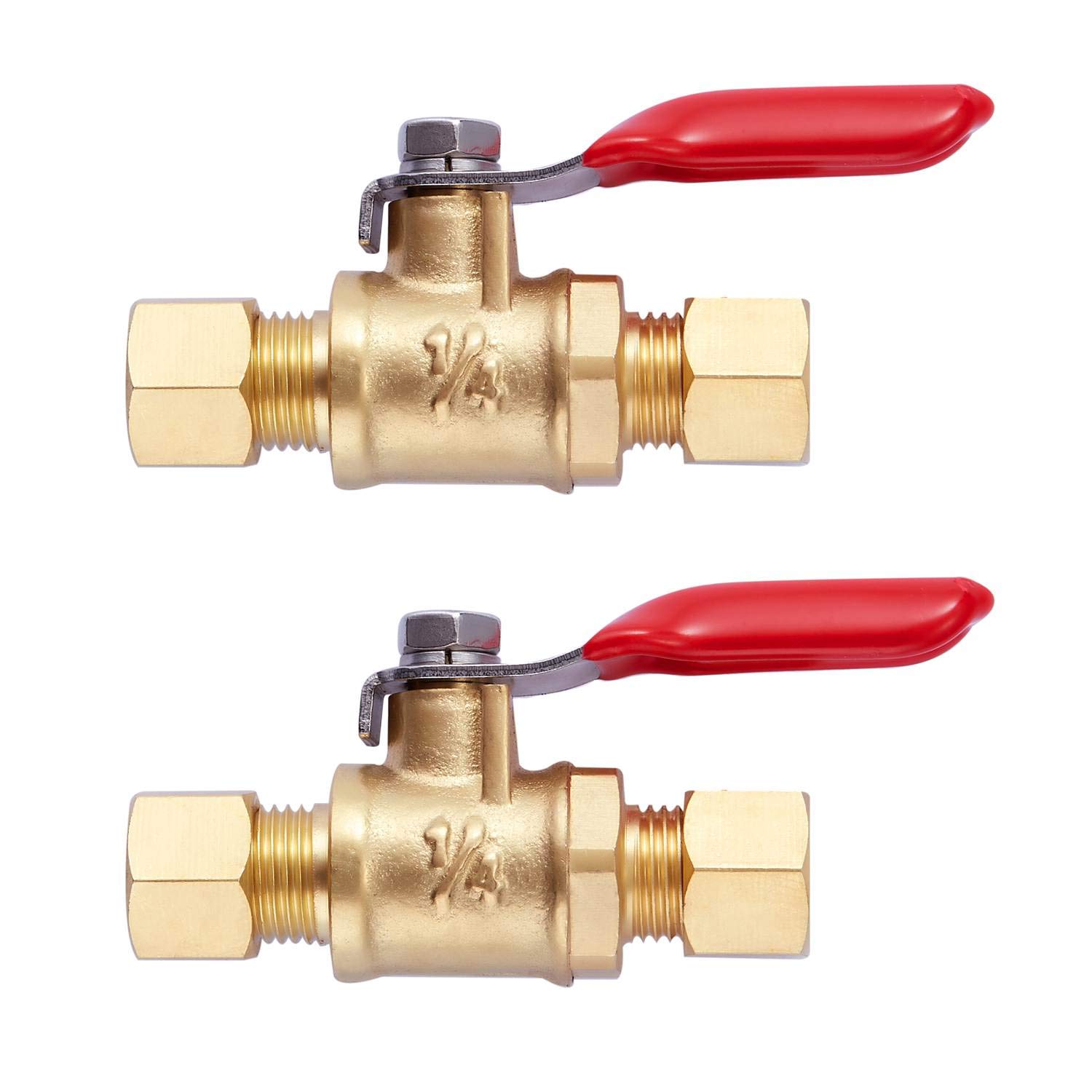
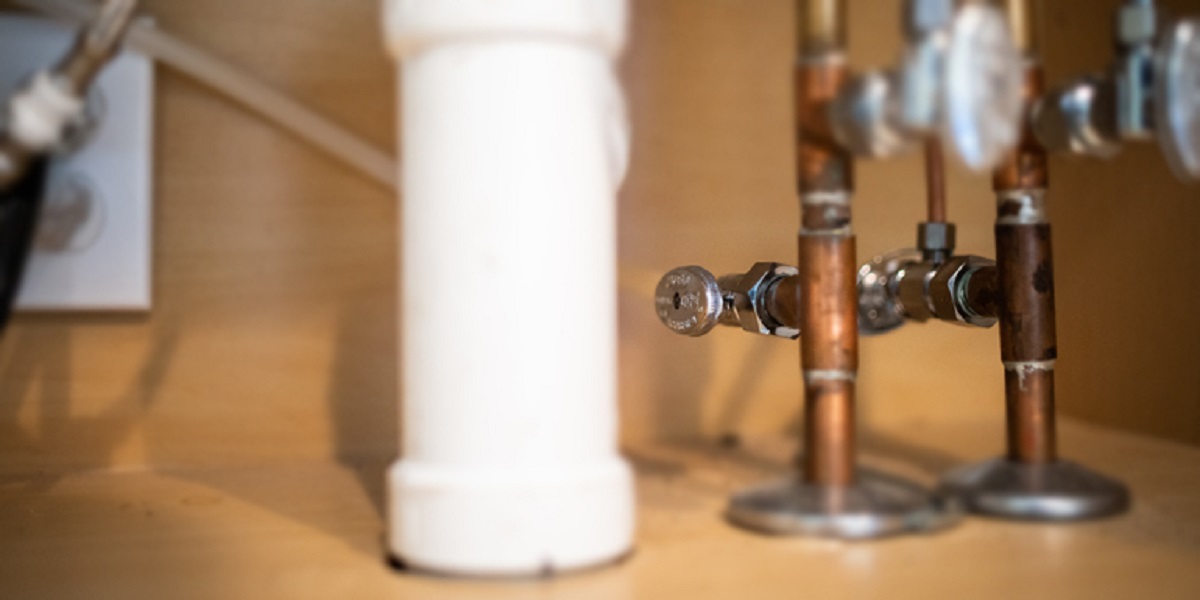
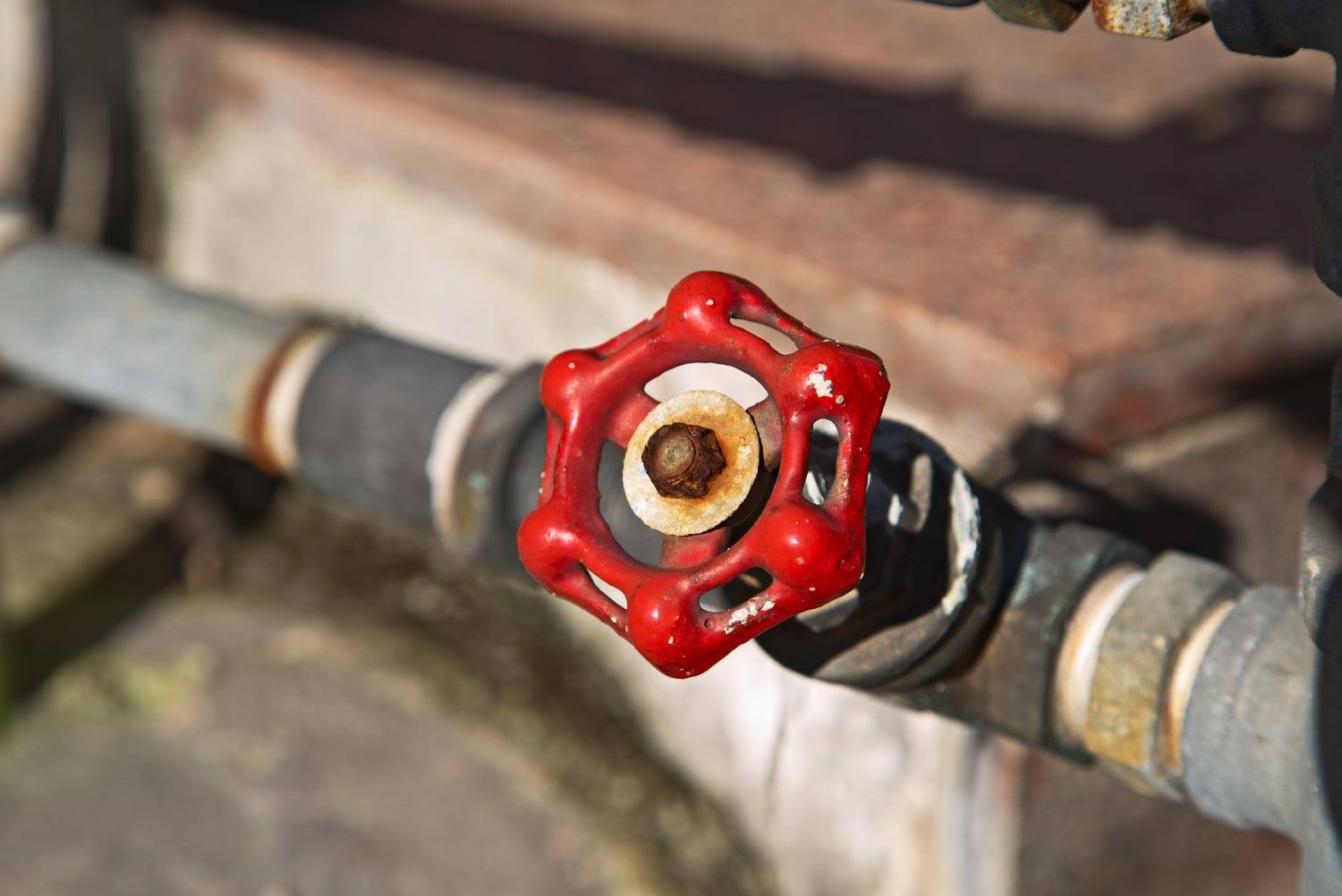
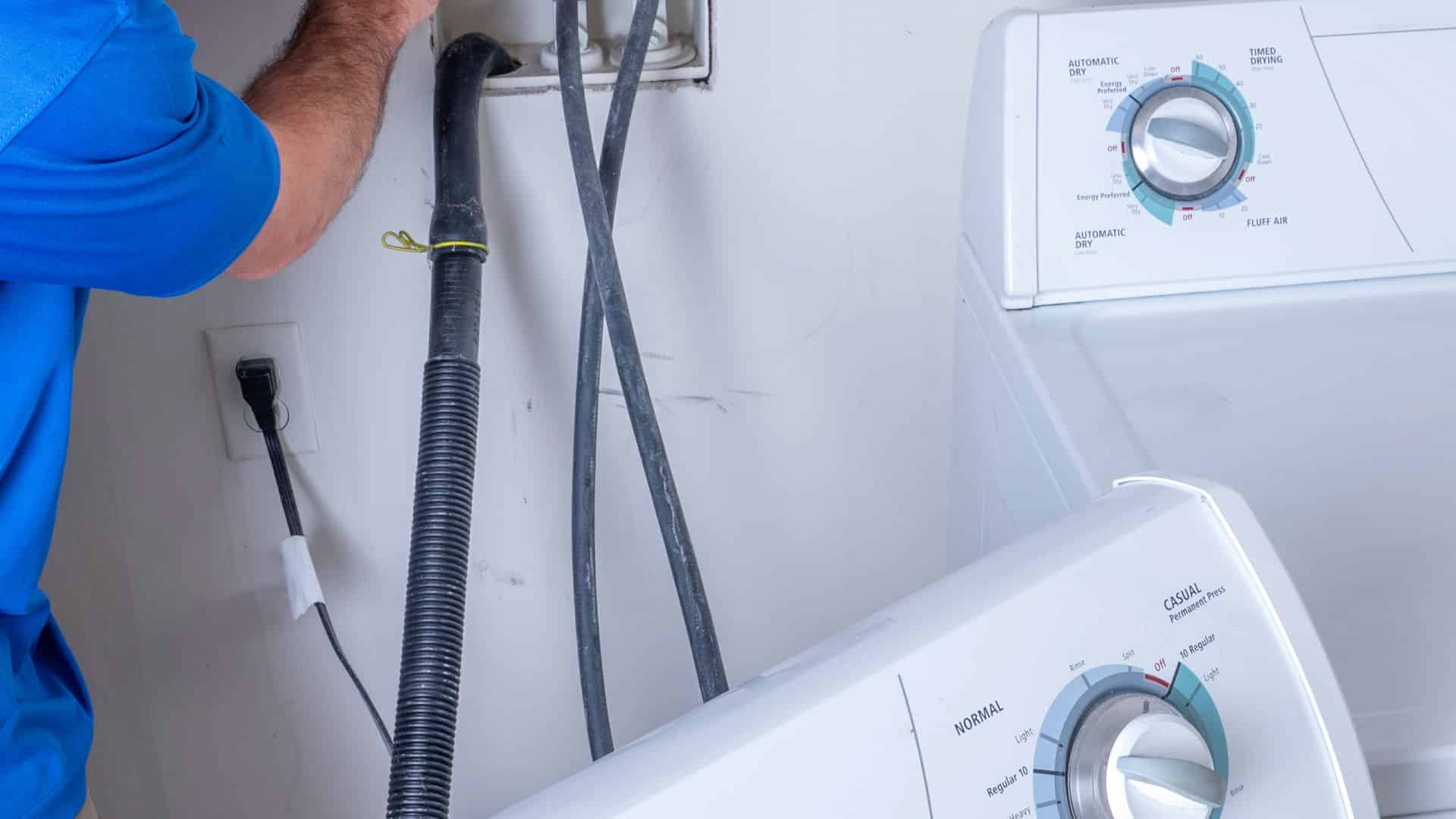

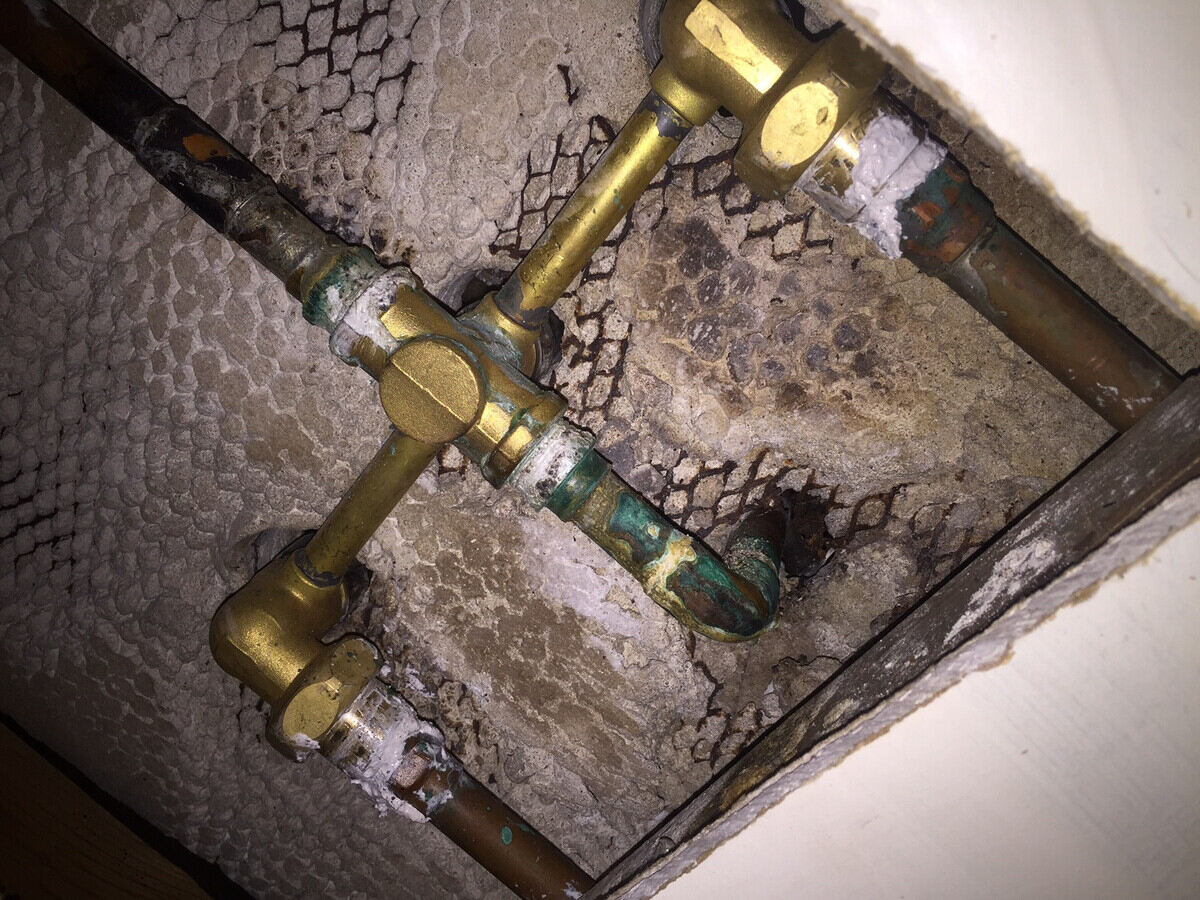

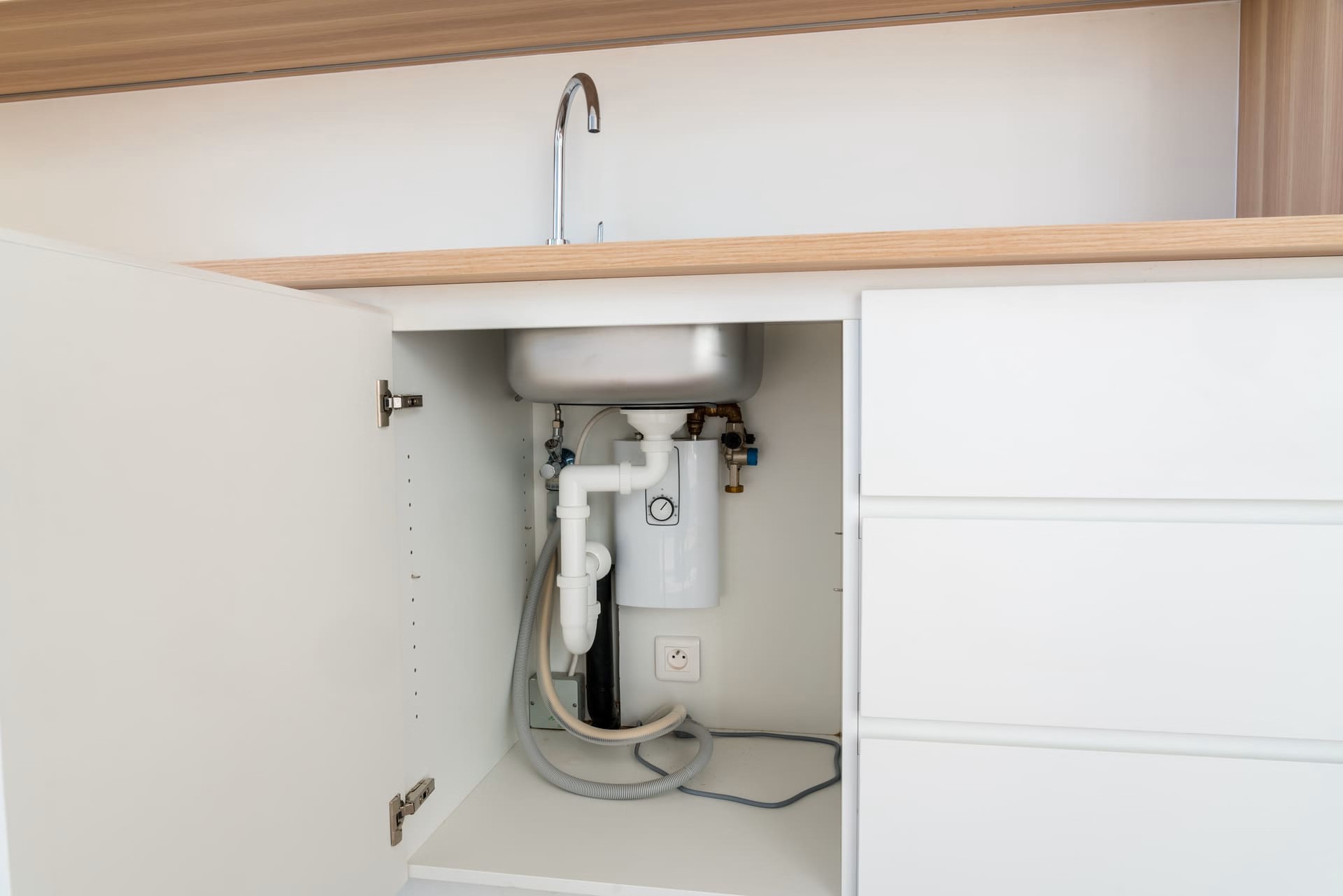

0 thoughts on “How To Find Outdoor Water Shut Off Valve”